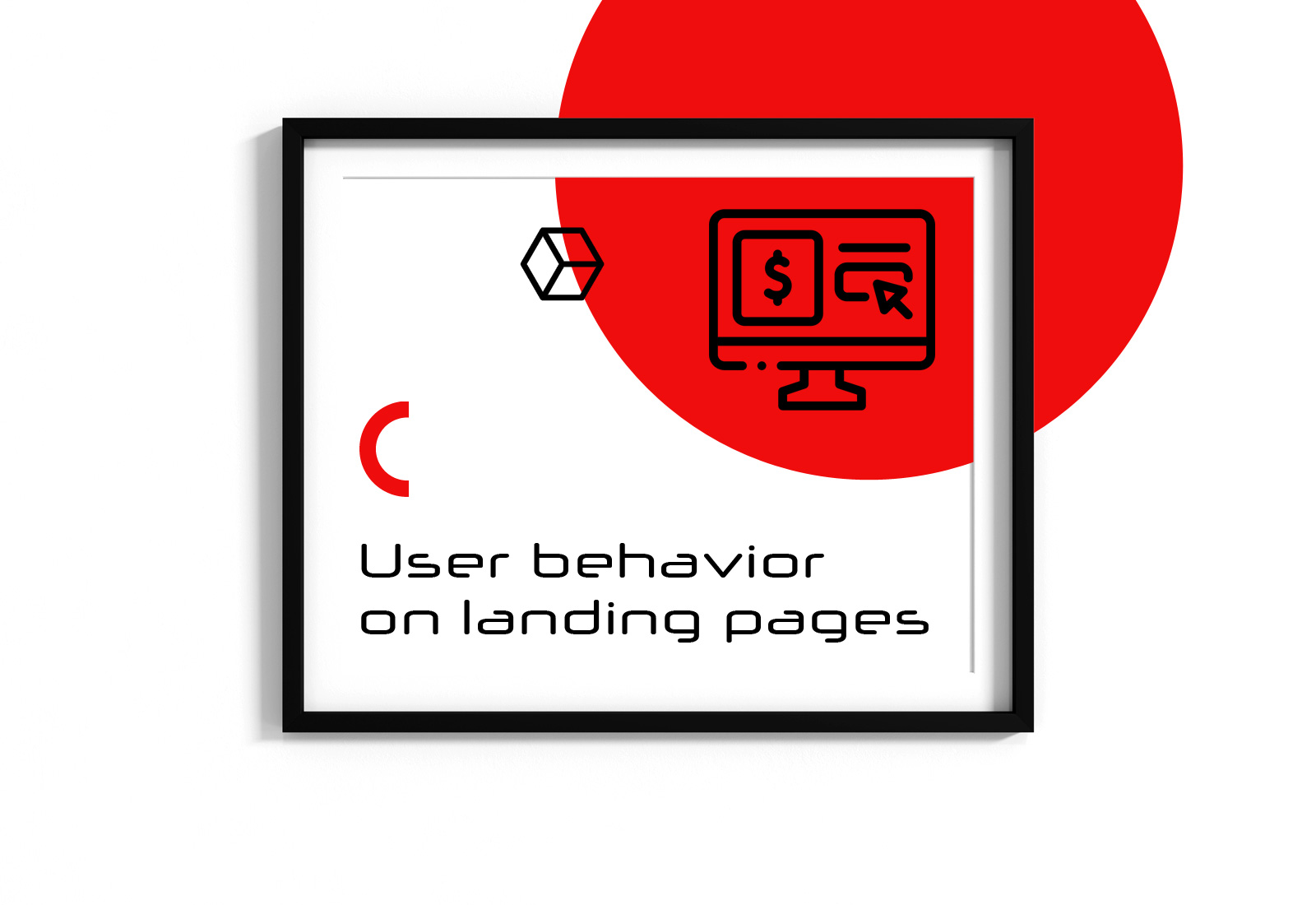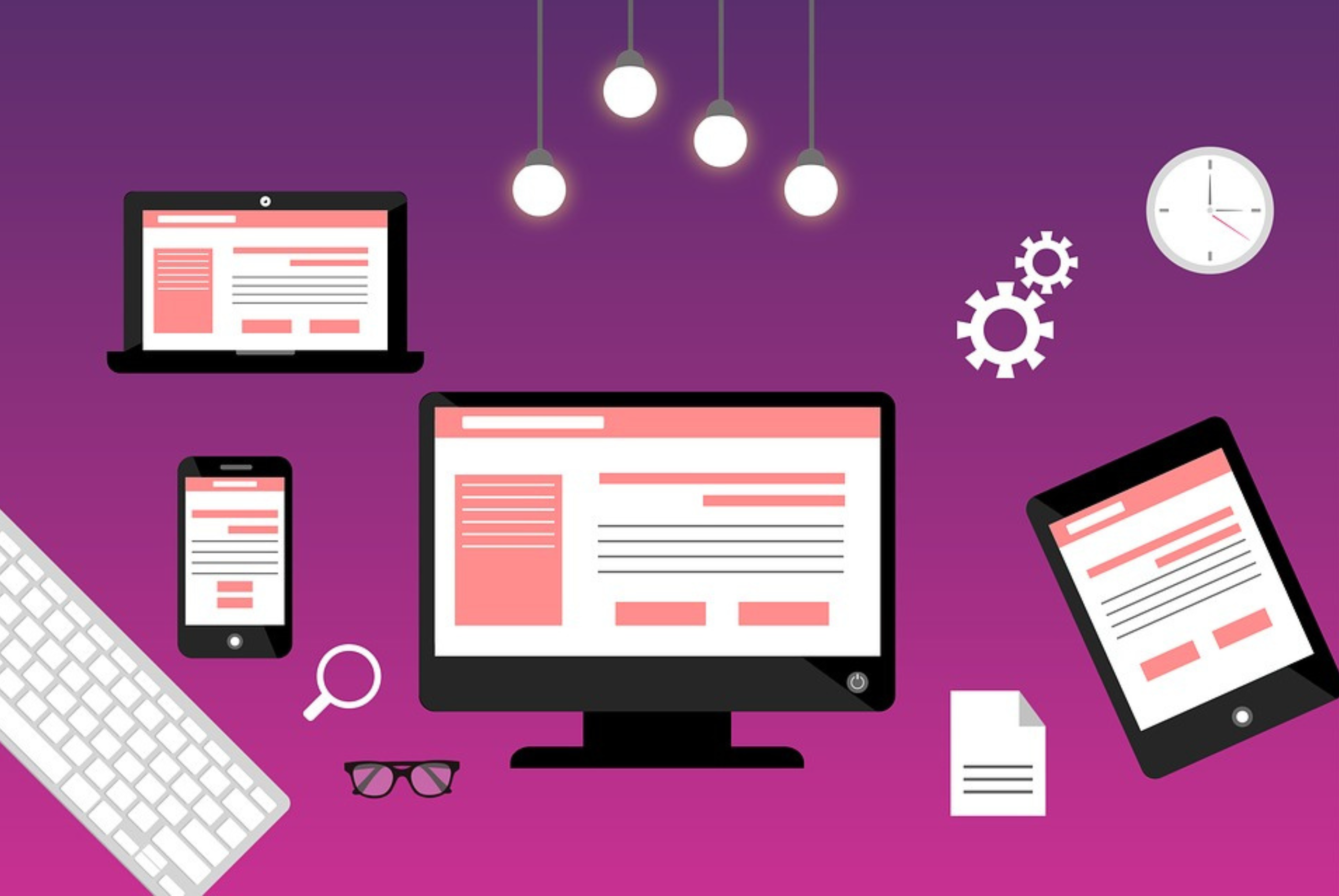
In the digital age, the success of a website often hinges on the efficacy of its landing pages. A landing page serves as the first point of contact for potential customers and can significantly influence their decision to engage further with a brand. Understanding and leveraging user behavior on these pages is crucial for maximizing conversions. By tapping into the psychology of user interactions, businesses can create more compelling and effective landing pages that drive desired actions, whether it be signing up for a newsletter, making a purchase, or downloading a resource.
This comprehensive guide explores five key techniques that utilize user behavior to boost conversions on landing pages. Each technique is rooted in psychological principles and backed by empirical evidence, offering actionable insights for marketers and web designers aiming to optimize their conversion rates.
The Power of First Impressions: Crafting an Engaging Hero Section
The hero section of a landing page is the first visual and textual element users encounter. This initial impression can significantly impact their perception of the brand and their willingness to explore further. To leverage this, it’s essential to focus on several key components:
- Visual Appeal: High-quality images or videos that resonate with the target audience can capture attention and convey the brand’s value proposition effectively. The visuals should be relevant and engaging, ensuring they evoke the desired emotional response.
- Clear and Compelling Headlines: A strong, concise headline can immediately communicate the core benefit or unique selling proposition (USP) of the product or service. This headline should be supported by a subheadline that provides additional context or entices the user to learn more.
- Consistent Branding: The hero section should reflect the brand’s identity through consistent use of colors, fonts, and logos. This helps in building trust and recognition.
- Call to Action (CTA): An effective CTA should be prominently displayed, clearly stating what action the user should take next. The CTA button should be visually distinct and use action-oriented language, such as “Get Started” or “Learn More.”
By meticulously designing the hero section to captivate and inform, businesses can make a positive first impression that encourages users to stay on the page and engage further.

Utilizing Social Proof: Building Trust and Credibility
Social proof is a psychological phenomenon where people look to the actions and opinions of others to determine their own behavior, especially in uncertain situations. On landing pages, social proof can significantly enhance credibility and persuade users to take action. Key forms of social proof include:
- Customer Testimonials: Authentic testimonials from satisfied customers can alleviate concerns and build trust. These should be specific, relatable, and highlight the benefits of the product or service.
- Case Studies: Detailed case studies that showcase real-world success stories provide compelling evidence of the product’s efficacy. These should include data, quotes from clients, and before-and-after scenarios.
- User Reviews and Ratings: Displaying user reviews and ratings, especially from reputable platforms, can reassure potential customers about the quality and reliability of the product.
- Endorsements and Influencer Partnerships: Featuring endorsements from industry experts or influencers can enhance credibility. It’s important that these endorsements appear genuine and are from individuals who are respected within the target audience.
- Trust Badges and Certifications: Displaying trust badges, such as security certifications, industry awards, or membership in professional organizations, can further reassure users about the legitimacy and safety of the website.
Incorporating various forms of social proof on landing pages can reduce skepticism and increase users’ confidence in making a purchase or taking the desired action.
Leveraging the Principle of Scarcity: Creating Urgency
The principle of scarcity, rooted in the psychology of decision-making, suggests that people place higher value on items that are perceived to be limited in availability. Creating a sense of urgency on landing pages can motivate users to act quickly. Here are effective ways to apply this principle:
- Limited Time Offers: Promoting deals or discounts that are available for a short period can prompt immediate action. Countdown timers can visually reinforce the urgency of these offers.
- Low Stock Alerts: Indicating that a product is in limited supply can encourage users to make a purchase to avoid missing out. This is particularly effective for e-commerce sites.
- Exclusive Access: Offering access to exclusive content, products, or services for a limited time can create a sense of privilege and urgency. This can be particularly appealing for early adopters or loyal customers.
- Seasonal Promotions: Tying offers to specific events or seasons can create a natural sense of urgency. For example, holiday sales or back-to-school promotions can drive timely conversions.
- Use of Urgent Language: Phrases such as “Last Chance,” “Only a Few Left,” or “Ends Soon” can effectively convey scarcity and urgency.
By strategically incorporating scarcity elements, landing pages can create a compelling reason for users to act swiftly, thereby increasing conversion rates.
Simplifying the User Experience: Reducing Friction
A seamless and intuitive user experience is critical for converting visitors on landing pages. Friction, or anything that impedes a user’s ability to complete their desired action, can lead to abandonment. Here are strategies to minimize friction:
- Streamlined Forms: Simplify forms by asking for only essential information. Long or complicated forms can be a major barrier to conversion. Consider using progressive disclosure techniques, where additional fields appear only as needed.
- Clear Navigation: Ensure that the navigation is intuitive and that users can easily find what they are looking for. Avoid clutter and focus on guiding users towards the desired action.
- Responsive Design: With the increasing use of mobile devices, it’s crucial that landing pages are fully responsive and provide a seamless experience across all screen sizes. This includes ensuring fast loading times and touch-friendly elements.
- Visible and Clear CTAs: CTAs should be easy to find and understand. Use contrasting colors, clear fonts, and strategic placement to make them stand out.
- Minimize Distractions: Reduce the number of links, pop-ups, or other elements that might distract users from the primary goal. Focus on a clean and focused design that directs attention to the conversion action.
By prioritizing user experience and reducing friction, businesses can create a more conducive environment for conversions, encouraging users to complete their intended actions with minimal resistance.

Personalized Content: Tailoring the Experience to User Needs
Personalization involves customizing the content and experience on a landing page based on the individual user’s behavior, preferences, and demographics. Personalized experiences can significantly enhance user engagement and conversion rates. Here’s how to implement effective personalization:
- Dynamic Content: Use dynamic content to display personalized messages, offers, or recommendations based on user data such as location, past behavior, or referral source. This can make the content more relevant and appealing to the user.
- Behavioral Targeting: Analyze user behavior on the site and tailor content accordingly. For example, if a user has previously viewed a particular product category, highlight related products or special offers for that category.
- Segmentation: Segment the audience based on demographics, interests, or behavior and create tailored landing pages for each segment. This ensures that the content resonates more closely with the specific needs and preferences of different user groups.
- Retargeting Campaigns: Use retargeting techniques to bring back users who have previously visited the site but did not convert. Personalized ads or emails can remind them of what they were interested in and encourage them to return and complete the action.
- A/B Testing: Continuously test different versions of personalized content to determine what resonates best with different segments of the audience. This helps in refining the personalization strategy and improving conversion rates over time.
By leveraging personalized content, businesses can create more engaging and relevant landing page experiences that resonate with individual users, thereby driving higher conversions.
Conclusion
The interplay of psychology and user behavior on landing pages offers a powerful toolkit for boosting conversions. By focusing on making a strong first impression, leveraging social proof, creating urgency through scarcity, reducing friction, and personalizing the user experience, businesses can create landing pages that not only attract but also convert visitors effectively.
Understanding these principles and implementing them thoughtfully can transform a landing page from a mere digital storefront into a dynamic and persuasive platform that drives meaningful engagement and business growth. As the digital landscape continues to evolve, staying attuned to user behavior and continuously optimizing landing pages will remain crucial for achieving sustained success in conversion optimization.




